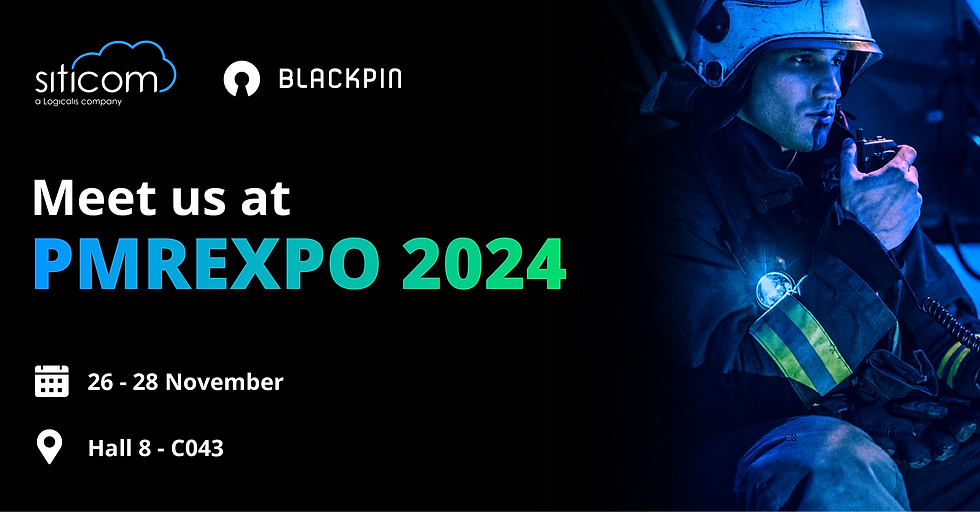5G Mobile Connectivity in Europe's Tunneling Projects
- corneliusneitzert
- Mar 14, 2024
- 2 min read
Updated: Aug 28, 2024
A Challenge for Communication Technology
IIn Europe, we're witnessing a steady increase in tunnel construction projects. These complex underground projects pose special challenges to communication and safety, especially for emergency services, for whom reliable Mission Critical Communication (MCC) is essential. Flexibility to adapt to changing conditions and independence from public communication infrastructure are crucial for this purpose.
5G connectivity enables local services such as communication without an internet connection and also offers benefits such as lower susceptibility to errors and cost efficiency. Use cases range from IoT device tracking to locate personnel in real-time, to image recognition services, and the use of drones for analysis and exploration.
siticom tests in the Stuttgart 21 tunnels: Insights into practice
To demonstrate the effectiveness of this technology, we visited one of the largest tunnel construction projects in Europe: S21. The challenge is to enable seamless communication in an environment where conventional methods can hardly meet the specific requirements. On-site, we set up our mobile 5G system, which is characterized by its fast and flexible setup.
Our initial tests included voice communication and data transmission, which worked excellently despite the challenging environment. A highlight was a live demonstration in which we made VoIP calls and transmitted live videos from various tunnel sections.

The feedback from engineers and emergency responders was overwhelmingly positive. They highlighted the improved communication quality and reliability, which are crucial for the safety and efficiency of such large projects.
Special challenge underground
Conventional tunnel radio systems are set up using so-called Leaky Feeders, which act as antennas, depending on the frequency range used. In the frequency range of 3.7 to 3.8 GHz (N78 Band), which is used in Germany for private 5G networks, directional antennas as an alternative, offering significant advantages in terms of installation and maintenance effort, especially during the construction phase.
Unlike open areas, radio wave propagation in tunnels is heavily determined by Non Line of Sight (NLOS) conditions with a high proportion of reflections and multipath propagation. In addition to the frequency range and the characteristics of the chosen transmitter and receiver antennas, the topology of the route, the geometry of the tunnel cross-section, and even the surface condition of the tunnel walls also influence the range of the signal. This makes a theoretical estimation of the expected signal quality at various positions within the tunnel extremely difficult, and therefore real measurements are essential.

The diagram shows the calculated values for the Reference Signal Received Power (RSRP) based on a simple fading model and the post-processed measurements depending on the distance from the transmitting antenna.
Conclusion: A promising path into the future
The combination of field tests and customer feedback confirms that our 5G technology can revolutionize communication and monitoring in tunnel construction projects. The technology not only offers improved safety and efficiency but also opens up new possibilities in the construction industry and beyond.
siticom is committed to advancing these innovations to meet the specific requirements of these challenging projects. Our expertise in Private 5G complements our long-standing experience in infrastructure projects, offering a holistic approach from the Smart Infrastructure Use-Case through construction planning to the operation of carrier-grade enterprise networks.
More reading about our Stuttgart 21 Projects
Let's talk about the Networks of Tomorrow




















